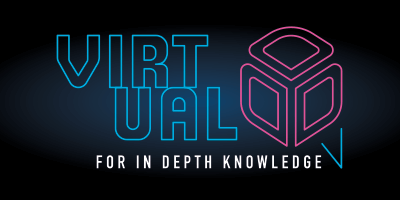
by Organisers @virtualddd | Nov 7, 2025
The architect's role transitions from being the primary decision-maker to a facilitator and mentor. Their goal is to enable teams to make better decisions by sharing knowledge and context, not to dictate the architecture. This requires unlearning old habits of...

by Organisers @virtualddd | Nov 7, 2025
Begin writing the ADR at the start of the decision-making process, not as an afterthought for documentation. Use its structure collaboratively as a tool to guide team discussion, explore options, and identify necessary research. The document becomes a guide for...

by Organisers @virtualddd | Nov 7, 2025
Instead of providing direct answers, guide teams by asking probing questions and suggesting alternative perspectives. This fosters their decision-making skills and ownership without undermining their autonomy. The goal is to enable, not to command. Examples When a...

by Organisers @virtualddd | Oct 23, 2025
Use your organisational, political, or social capital to amplify and support a decision made by the team. This involves publicly echoing the decision and providing supplementary data or context that reinforces its validity. This strengthens the team's autonomy...

by Organisers @virtualddd | Oct 23, 2025
Augment formal decision records, like ADRs, with qualitative data about the human element. Include fields for the team's sentiment, confidence level, or readiness to commit to the decision. This provides crucial context for future reviews and helps gauge the true...






